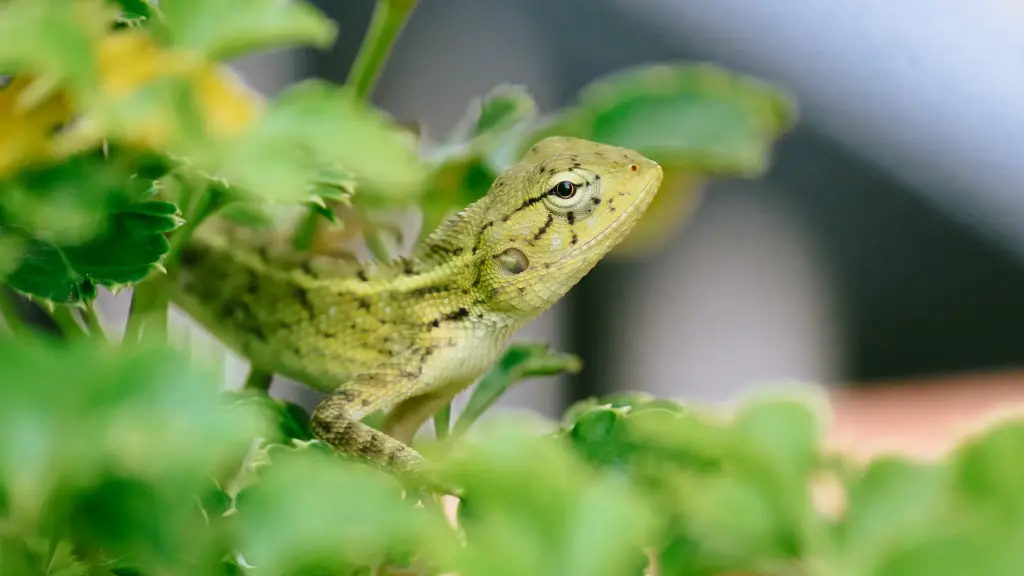The effects of global warming on the planet’s plant life are well-documented, as plants are extremely sensitive to variations in climate and temperature. As the average global temperature continues to rise, plants are being exposed to a range of increasingly intense weather events, from drought to heat waves, leading to days-long stretches of high temperatures. To make matters worse, the prevalence of artificial chemicals, toxic pollutants and other debris in the air has compromised the vitality of many species of plants.
The direct effect of global warming on plant life is mainly a result of the heightened temperatures caused by the emission of greenhouse gases into the atmosphere. As these gases trap and absorb more of the sun’s heat they keep temperatures higher than they would normally be, resulting in longer and harsher droughts, more extreme weather patterns, and an increase in temperatures in already hot areas. In turn, these changes cause a decrease in the availability of water, essential for photosynthesis. As a result, many plants are under immense stress due to increased droughts and heat waves, and those that do manage to survive the onslaught of extreme weather events often lose much of their genetic diversity over time.
Global warming is also impacting the growth and survival of certain species of plants by altering their habitats. Warmer temperatures can cause changes in the seasonal flowering and fruiting of plants, which in turn can negatively affect species that rely on them for sustenance and reproduction. Additionally, rising sea levels due to global warming are causing parts of some coastal ecosystems to be submerged, displacing many aquatic plants and the organisms reliant on them for survival.
The consequences of global warming on plant life have been observed in various parts of the world. In the Mediterranean Sea, for instance, experts have noticed changes in vegetation due to the excessive temperatures, particularly in areas with intense water shortages. The same can be said for African savannahs, where certain species of trees and grasses have been disappearing due to the combination of harsh droughts, diminished water supplies and higher temperatures.
Yet this destruction does not mean all is lost: it is possible to limit the effects of global warming on plant life. Governments and organizations worldwide have already begun making efforts to develop strategies and strategies to protect and preserve the planet’s ecosystems and biodiversity. Examples of these initiatives range from establishing protected areas and refuges to reintroducing specific species and planting more resilient varieties of plants.
The protection and conservation of plant life is essential, as their role in maintaining the earth’s ecosystems is crucial. Therefore, it is essential to continue working towards mitigating the effects of global warming, while actively educating the public and policymakers on the importance of preserving the planet’s plant life. As more becomes known and understood about the negative effects of global warming on plant life, measures can be taken to limit their impact and create a sustainable future for the planet and its inhabitants.

